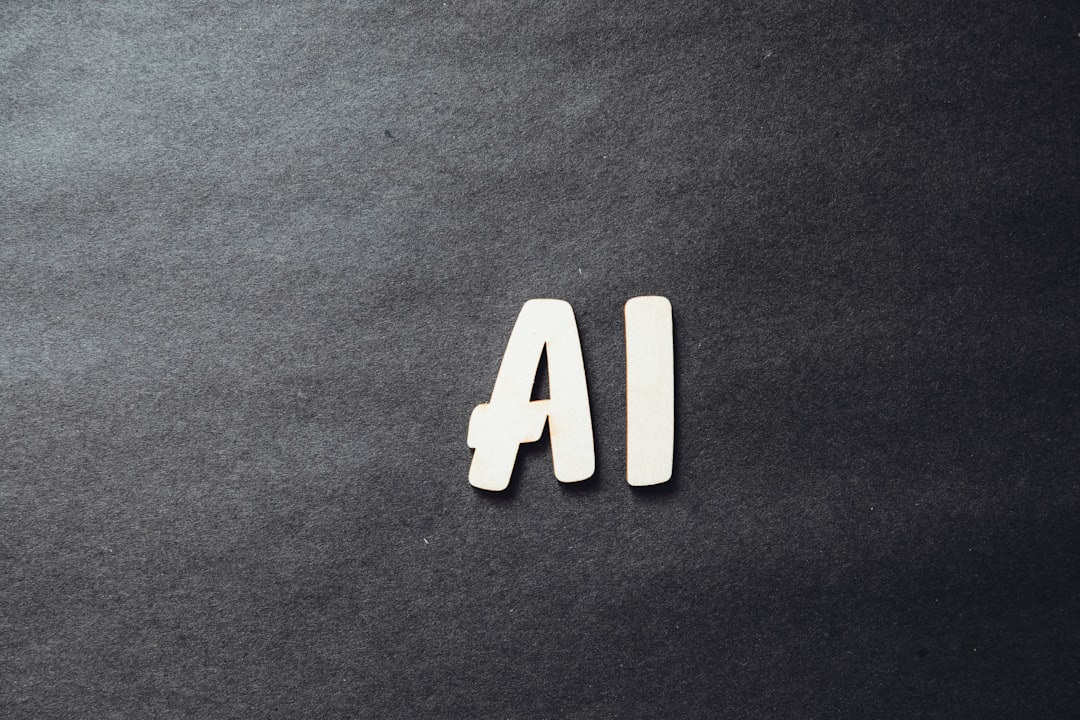Artificial Intelligence, or AI, is one of the most revolutionary fields in modern technology. But AI didn’t appear overnight — it evolved over several decades through waves of optimism, investment, setbacks, and groundbreaking discoveries. Understanding the timeline of AI helps shed light on how we reached a world where machines can speak, translate languages, make decisions, and even create art. Let’s take a closer look at the complete history of artificial intelligence, from its theoretical beginnings to the age of machine learning and generative AI.
1940s–1950s: The Birth of AI Concepts
The earliest ideas of AI can be traced back to mathematical logic and theories of computation. One of the most fundamental contributions came from British mathematician Alan Turing.
- 1943: Warren McCulloch and Walter Pitts published a groundbreaking paper titled “A Logical Calculus of the Ideas Immanent in Nervous Activity,” laying the foundation for neural networks.
- 1950: Alan Turing proposed the Turing Test, a method to determine whether a machine can exhibit intelligent behavior indistinguishable from a human’s.
These early theoretical ideations established the possibility that machines could simulate aspects of human intelligence.
1956: The Dartmouth Conference – AI Is Born
The field of Artificial Intelligence officially began at the Dartmouth Summer Research Project on Artificial Intelligence in 1956. Organized by John McCarthy, Marvin Minsky, Claude Shannon, and Nathan Rochester, this conference proposed that:
“Every aspect of learning or any other feature of intelligence can in principle be so precisely described that a machine can be made to simulate it.”
This was the first time the term “Artificial Intelligence” was used, and it attracted attention from academia, government, and industry alike.
1957–1974: Early Development and High Hopes
Following Dartmouth, AI research gained momentum. Early progress was promising, with programs created for reasoning, solving algebra problems, and even playing games.
- 1959: Arthur Samuel developed a self-learning checkers program at IBM, one of the earliest examples of machine learning.
- 1961: The first industrial robot, Unimate, began working on a General Motors assembly line.
- 1966: Joseph Weizenbaum developed ELIZA, an early natural language processing program that simulated a psychotherapist.
Despite great optimism, AI systems of the time were limited by the computing power and complexity of human-like tasks.
1974–1980: The First AI Winter
By the mid-1970s, the promises of early AI failed to materialize, and progress stalled. Funding dried up due to unmet expectations. This period came to be known as the AI Winter.
Critics argued that AI researchers had oversold the capabilities of their systems. Computers at the time lacked the necessary memory and processing power to achieve ambitious goals. As a result, research slowed, and enthusiasm waned.
1980–1987: The Rise of Expert Systems
AI research resurged in the 1980s with the arrival of expert systems — programs designed to mimic the decision-making ability of human experts.
- XCON: Developed by Digital Equipment Corporation, it helped configure computer systems and saved millions in operational costs.
- AI Goes Mainstream: Governments and corporations invested heavily in AI, especially in Japan and the U.S., during what’s known as the Fifth Generation Computer Systems Project.
Expert systems brought AI into real-world applications for the first time, but they were brittle and hard to maintain as knowledge bases grew.
1987–1993: The Second AI Winter
Despite initial success, the limitations of expert systems became apparent. They failed to adapt to new information and couldn’t learn from experience. Hardware-based alternatives also shifted focus away from symbolic AI. For the second time, hope in AI collapsed.
1997: Deep Blue Defeats a Chess Grandmaster
Though broader AI research faced challenges, specific achievements stood out. One of the most iconic moments in AI history occurred in 1997 when IBM’s Deep Blue beat world chess champion Garry Kasparov.
This landmark event demonstrated that machines could surpass human experts in specific domains based on brute-force calculations, heuristics, and optimized algorithms.

2000s: The Era of Big Data and Machine Learning
The turn of the century saw a dramatic shift in AI research, thanks to increasing computational power, massive data availability, and improved algorithms. AI transitioned from symbolic reasoning to data-driven approaches — particularly machine learning (ML).
- 2006: Geoffrey Hinton introduced the concept of deep learning using multi-layer neural networks, which significantly improved tasks like image and speech recognition.
- 2011: IBM’s Watson won the quiz show Jeopardy! against two human champions, showcasing its ability to process natural language and mine vast datasets for answers.
Google, Facebook, and Amazon began investing heavily in AI to power search results, translations, and recommendations.
2012: The Deep Learning Breakthrough
The real game-changer arrived when a deep neural network called AlexNet won the ImageNet Large Scale Visual Recognition Challenge (ILSVRC) in 2012. Developed by Geoffrey Hinton’s team, it crushed previous image classification benchmarks.
This milestone marked the beginning of the deep learning revolution. Neural networks — once abandoned because they were too slow — suddenly became the most promising approach to AI again.
Mid-2010s: Rise of AI Applications in Everyday Life
By 2015, AI was everywhere — from virtual assistants in smartphones to smart home devices and self-driving technologies.
- 2014: Amazon’s Alexa brought natural language user interfaces into homes worldwide.
- 2016: AlphaGo, developed by Google DeepMind, beat the world champion Go player, Lee Sedol. Go was long thought too complex for computers to master.
- 2018: Google Duplex demonstrated a voice AI that could make phone calls to book appointments with human-like conversation.

2020s: Generative AI and Beyond
In the 2020s, AI entered a new phase — one marked by the emergence of generative models capable of creating text, images, music, and even code.
- 2020: OpenAI released GPT-3, a language model with 175 billion parameters that stunned the world with its ability to generate remarkably coherent and creative text.
- 2022: Text-to-image models like DALL·E 2 and Stable Diffusion enabled users to generate photorealistic or artistic visuals from simple text prompts.
- 2023: ChatGPT captivated public imagination with its conversational abilities, igniting a global conversation about AI’s role in education, business, and society.
AI today is considered a general-purpose technology, akin to electricity or the internet. It is rapidly transforming numerous sectors — from healthcare and finance to art and law.
What’s Next for AI?
Looking ahead, AI is poised to become even more integrated into our daily lives. Researchers are exploring technologies like Artificial General Intelligence (AGI), where machines could adapt and learn any intellectual task a human can.

However, with power comes responsibility. Ethical concerns around bias, job displacement, surveillance, and the misuse of AI are growing. Leading voices are calling for global policies, frameworks, and transparent practices to ensure that AI is aligned with human values and beneficial to all.
Conclusion
The history of AI is a story of imagination, innovation, failure, rebirth, and breathtaking breakthroughs. From humble beginnings in logic puzzles and early computers to sophisticated deep learning systems creating realistic human-language output,
